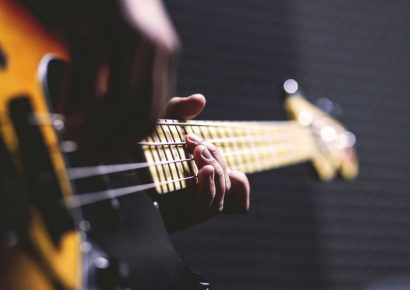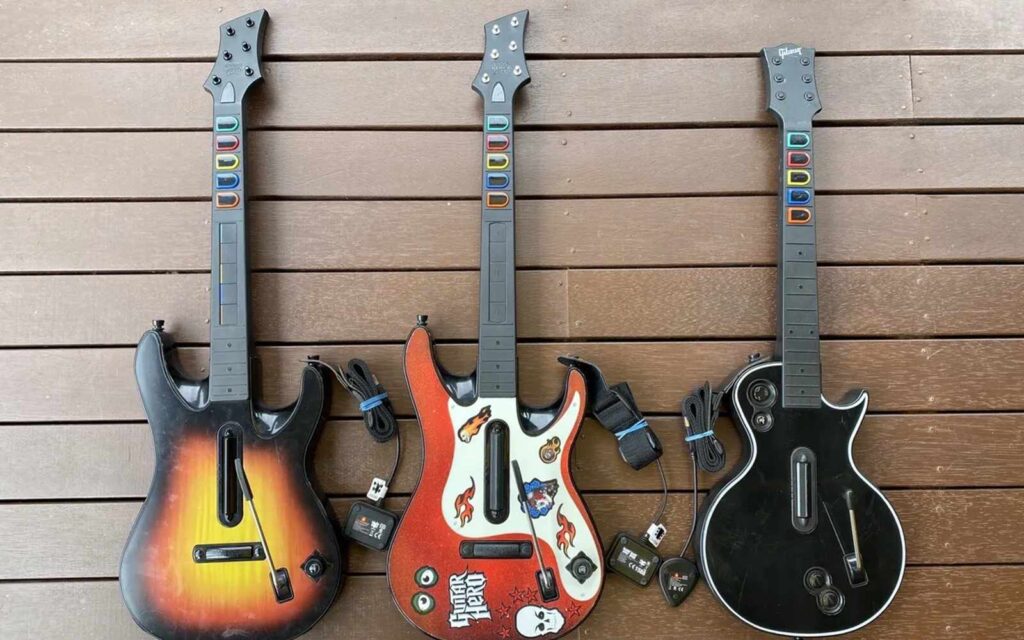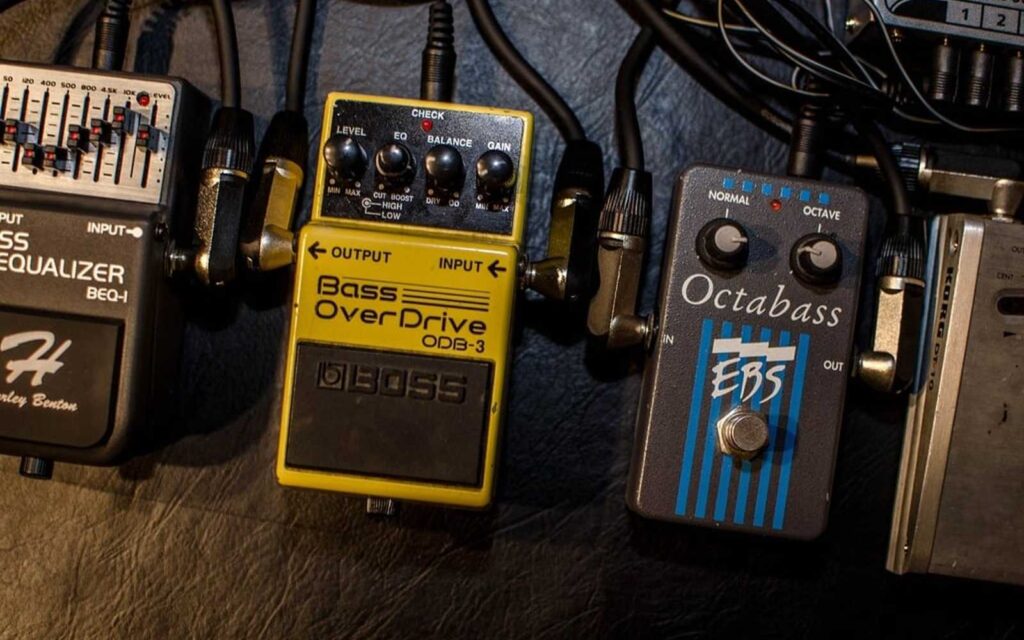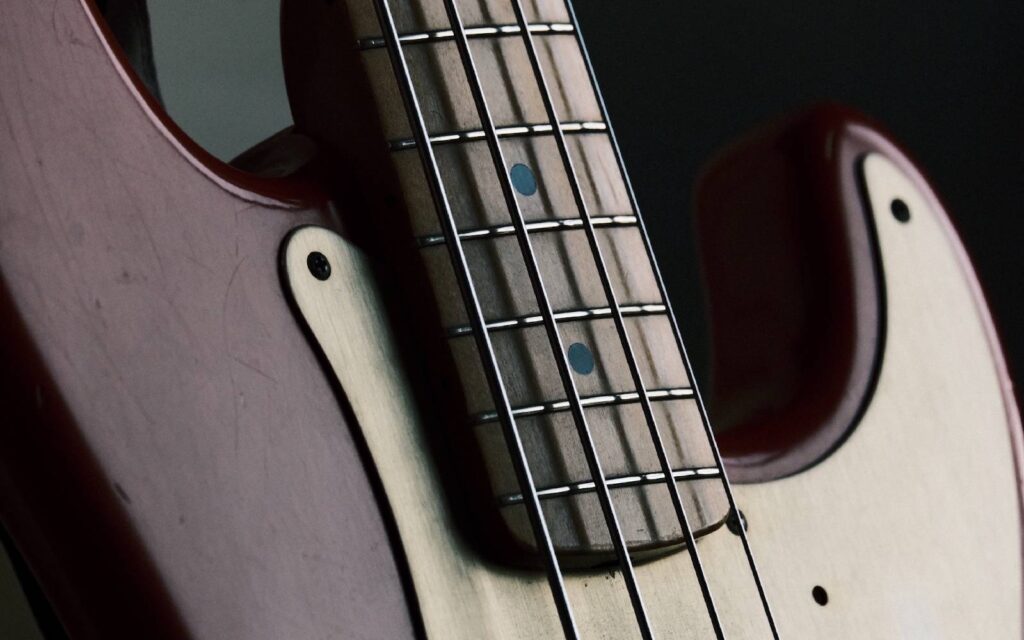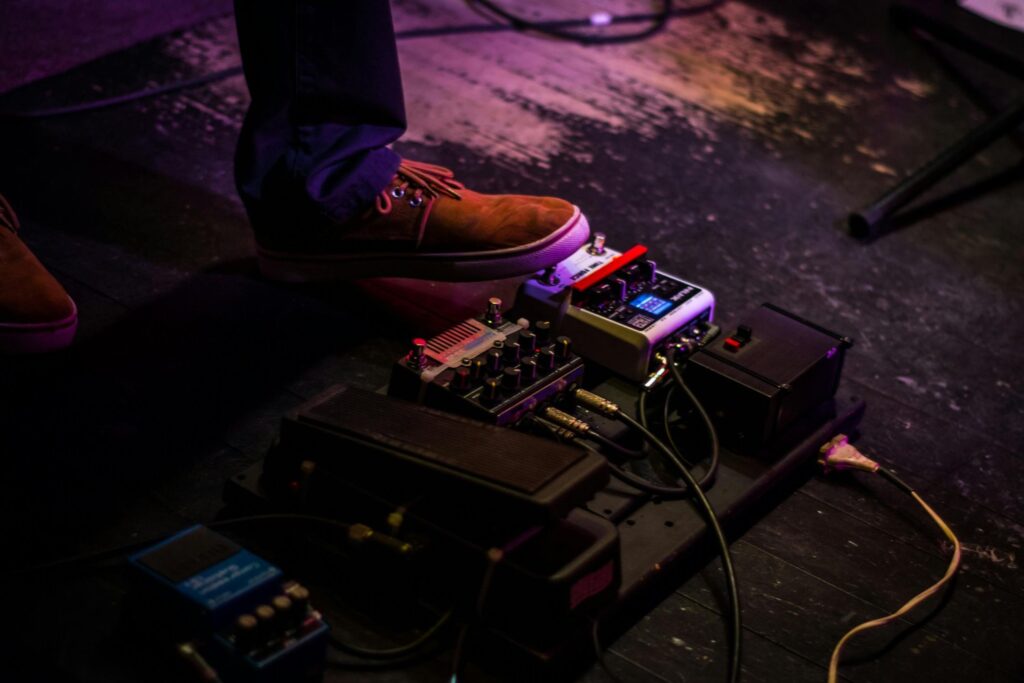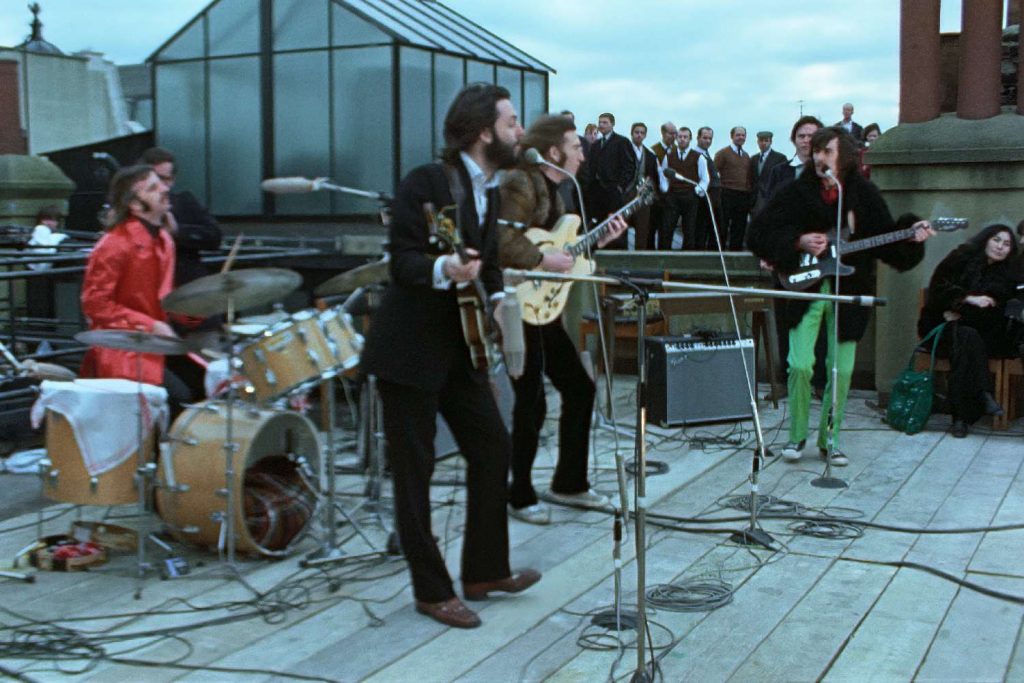Figure A uses an F#7 chord and then turns it into an F#7sus4. For us guitarists it’s not always easy to stack chords in ascending interval order but this F#7 is a good start that won’t break your fingers!
Figure B then adds some more 7sus4 shapes around the neck. These use a variety of inversions but all contain 1-4-5-b7. G7sus4 is built around a G Major barre chord in the 3rd fret (with the root on the 6th string), A7sus4 comes from the open A and A7 voicing you’ve all probably played at some stage, C7sus4 is from the 5th string root barre chord shape and finally E7sus4 takes advantage of the open E string and a higher voicing spelt A-D-E-B. Obviously the barre chord shapes can easily be moved around the neck if needed!
You might hear these chords played in place of and alongside/alternating with dominant 7 chords to create extra movement and variation. Figure C does exactly that. In the key of C Major the progression moves from the I chord to the IV chord and then the V chord as both 7sus4 and straight dom7. This could then resolve back to the I chord or stay unresolved to add tension.
There are also many examples of bands/composers/songs using the 7sus4 chord straight up as the opening chord of a song or new section. This usage acts as a substitution for the straight dominant 7 chord and adds some extra intrigue to the sound.
Similar to sus4 chords, the 7sus4 has been used in jazz/fusion/funk (amongst other styles) moving in repeated intervals/patters to further reinforce the unresolved, open sound. Figure D starts on C7sus4 and ascends in minor 3rd intervals.
Now if we add in some syncopation to the rhythm (Figure E) and try playing it over a medium funk groove we get a pretty cool acid jazz/funk/soul sound. Remember that adding rhythmic elements can help create movement and interest, especially with the open and ambiguous sound of 7sus4 chords.
Like always, dig deeper and work out some 7sus4 voicings for yourself (remembering that guitar isn’t always great for stacking chords in order due to the restrictions of note placement/fingerings etc). Then try incorporating some into your own playing – as V chords or alternating and combining with V dom7 chords, or as a standalone unresolved sound. For the improvisers out there Mixolydian is a good starting point as it contains the 4 and b7 (along with the 1 and 5). From an arpeggio angle you might like to try major triads built from the root and built from a tone below (C-E-G and Bb-D-F when playing over C7sus4 for example). Have fun with these and keep an ear out for the popping up, you’ll be surprised where you might hear them!
Revisit last month’s guitar lesson here.






